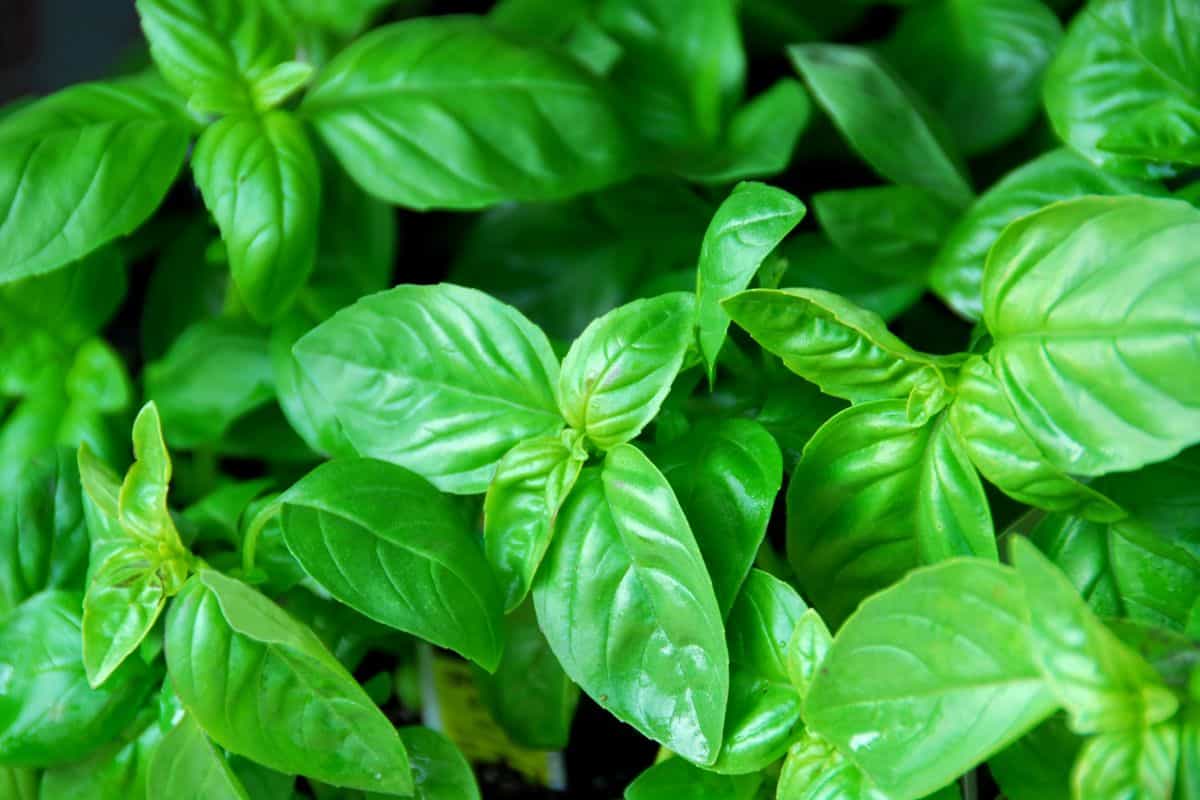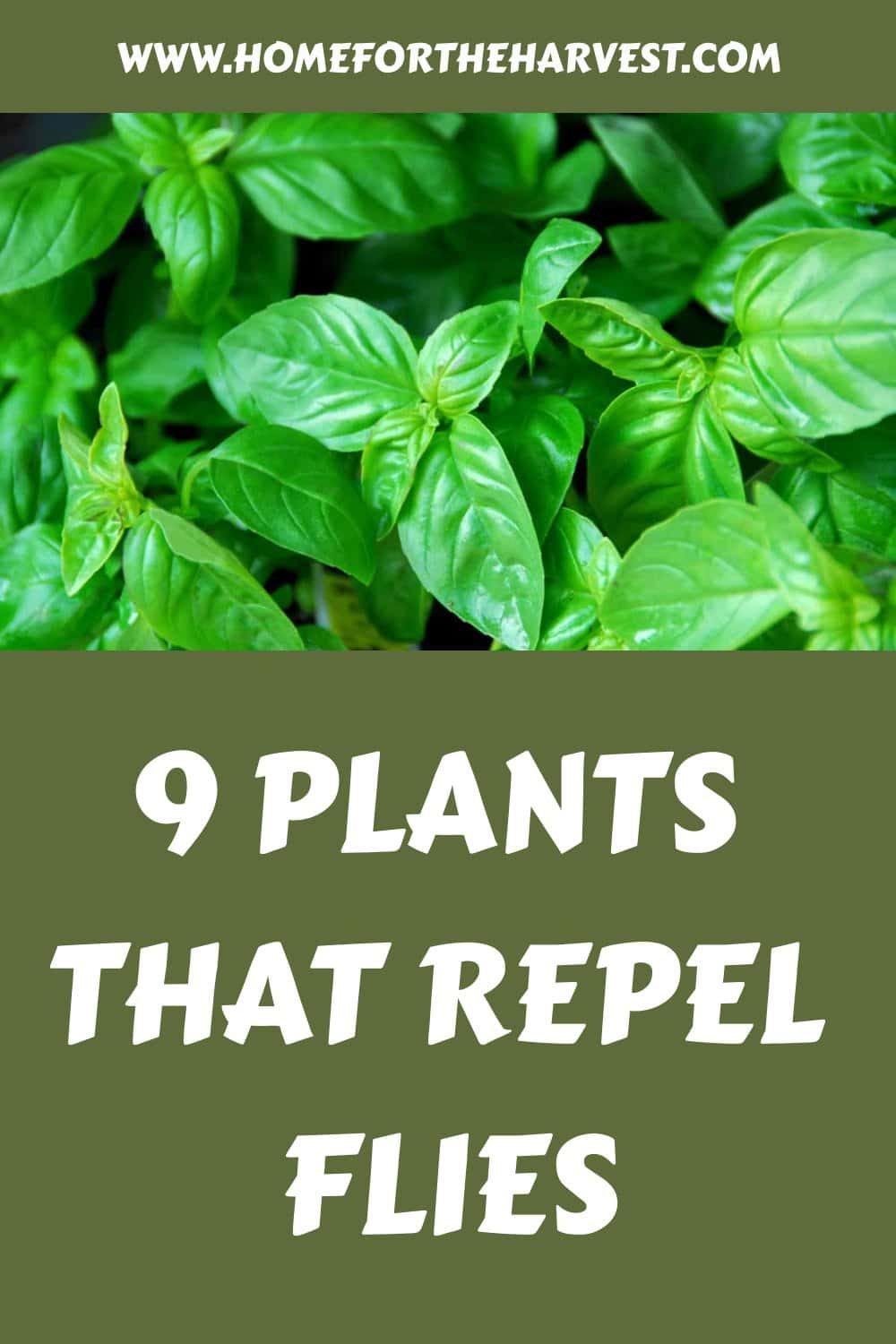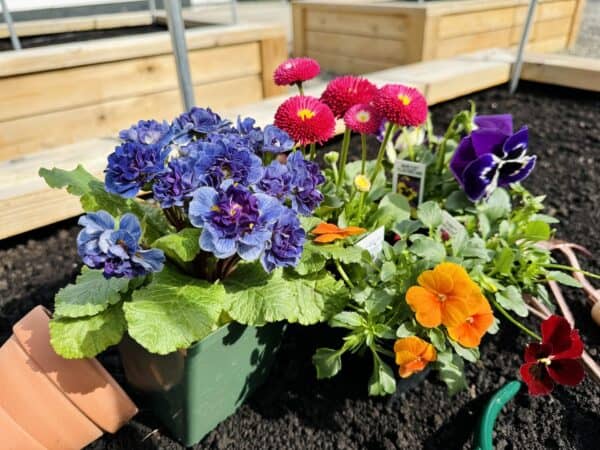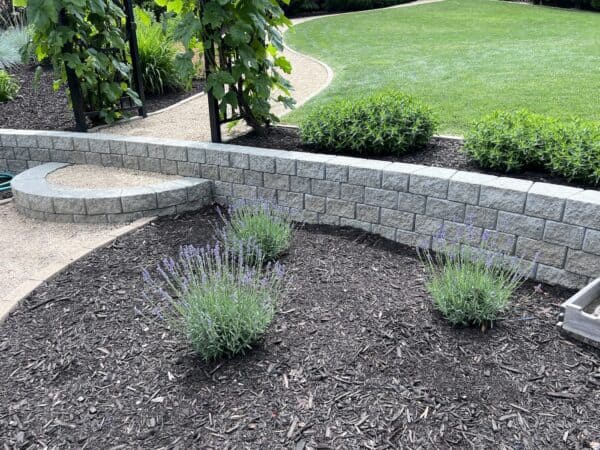Here are nine garden plants that can repel flies and other little pests from your garden.
1. Basil
Basil is typically the herb that repels flies the best. One of the numerous uses for this leafy plant in the kitchen and other parts of the house is as an insect deterrent.
The juicy leaves exude oils that have a potent earthy aroma. This odor deters a variety of pests both indoors and outside, including flies.
The simplest method to employ these abilities in your home is to keep a basil plant in your kitchen. However, basil is among the most difficult herbs to grow successfully indoors. Instead, cultivate them in a box or window box next to your kitchen to serve as a deterrent to any bugs that might try to enter via your windows.
Additionally, you may harvest the oil and utilize it to create a family-friendly version of your own homemade mosquito repellent spray.
Basil loves dampness and requires a lot of water to grow. To extract the most leaves out of your plant, keep them in a sunny location and don’t let their soil dry out. Pruning frequently will promote branching and make your basil bushier.
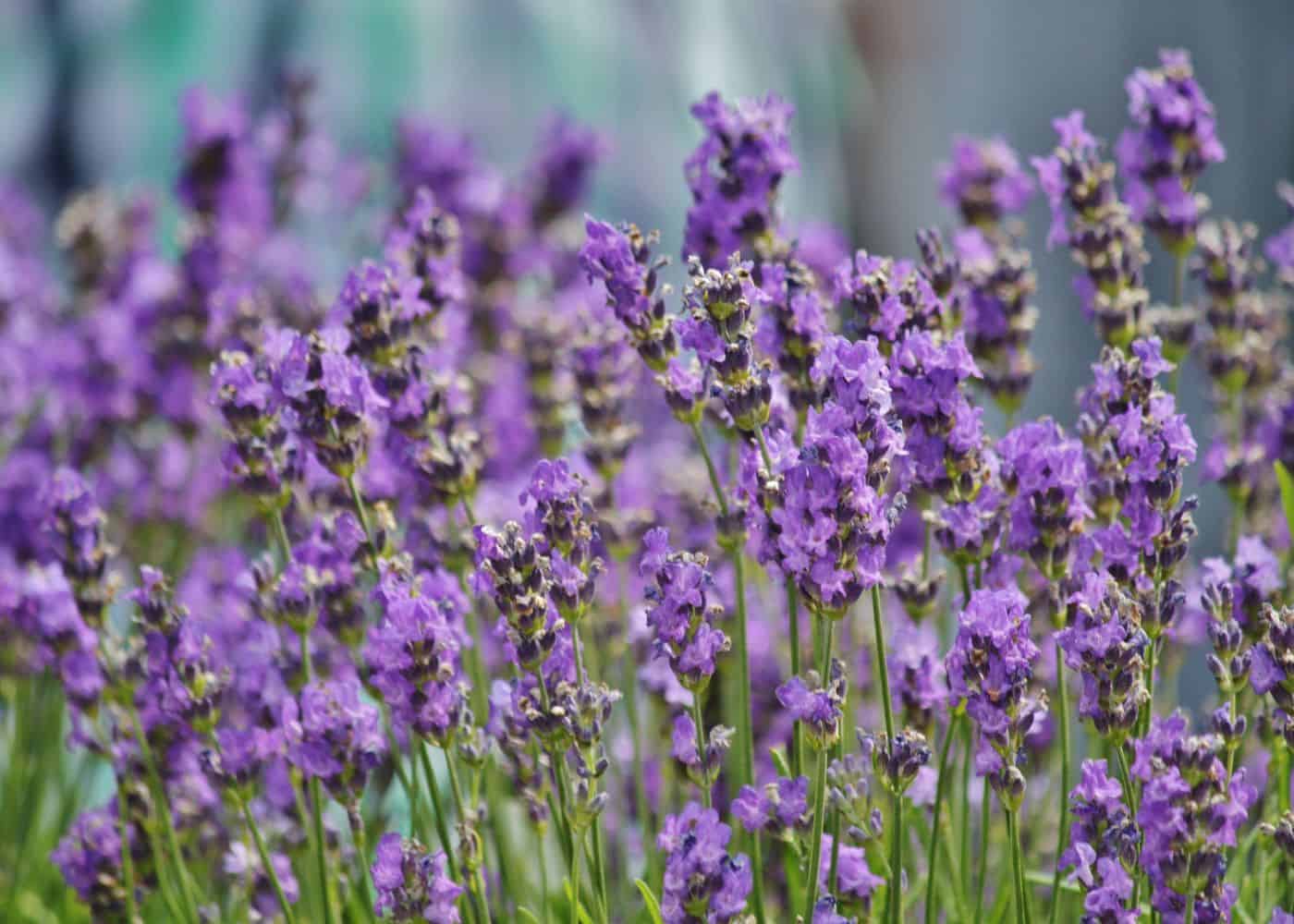
2. Lavender
Lavender is a crowd favorite and one of the most well-liked ornamental plants in the world. It has a wonderful aroma that everyone adores. In addition to producing stunning purple flowers that give any garden a Mediterranean feel.
Flies despise this lovely scent that we gardeners love. Flies and a few other unpleasant critters are kept at a distance by the potent scent of lavender flowers and foliage.
Plant your lavender in a sunlit location to ensure that there are as many blooms as possible for harvesting. To prevent rotting, plant in a dry area with well-draining soil. Lavender is really among the few plants that thrive in poor soil.
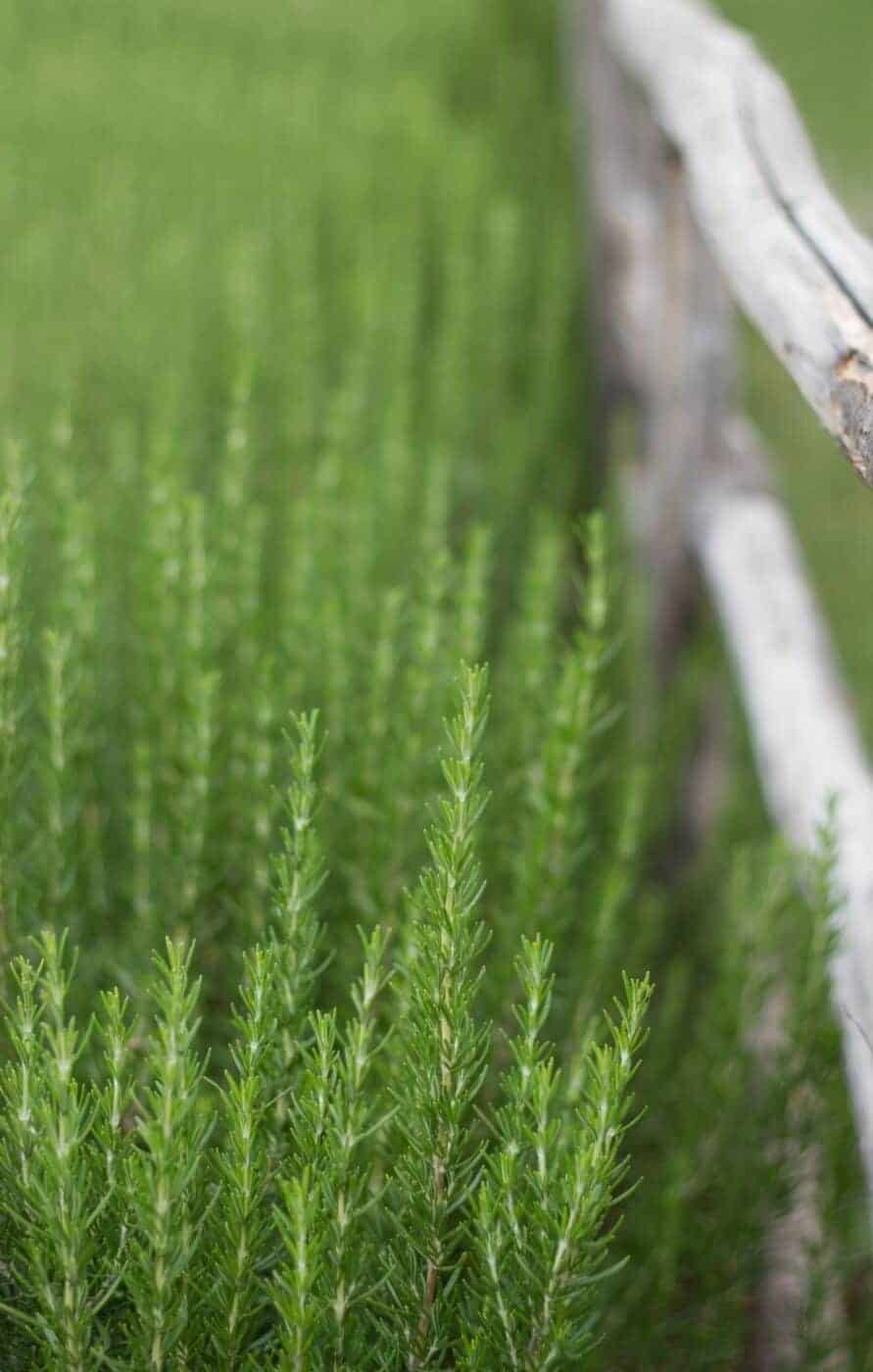
3. Rosemary
Due to its foliage resemblance to some kinds of lavender, rosemary is another excellent pest-repelling choice. Flies avoid regions where rosemary is grown or planted because of their strong smell. Fortunately, their aroma and flavor make them ideal for use in cooking.
During family get-togethers or entertaining, placing a few rosemary stems in your outdoor dining area is a terrific method to keep little and large flies away. Try growing a whole plant indoors on your windowsill if your kitchen attracts the most flies.
Both rosemary and lavender favor similar outdoor environmental conditions. These hardy plants have the potential to grow into large, robust shrubs with the right care. Alternately, you might choose to prune them into a little hedge so that you can utilize them as both an eye-catching element in your garden and a fly repellent. You can take a lot of cuttings from the hedge to place inside your home.
4. Bay Laurel
Bay laurel is the perfect plant to grow as a whole hedge to prevent pests from entering your yard and out from your house. This shrub, often referred to as sweet bay, features adorable yellow flowers and an upright growth pattern.
Bay laurel may also be tossed into cabinets to keep weevils out and employed to discourage flies out of the kitchen. These aromatic plants are employed in many different dishes all over the world for their potent flavor, which makes them even more beneficial.
You could add a couple of leaves to your spaghetti sauce, chili, or curry to give it more flavor. They can also be used as a fragrant garnish to adorn food with.
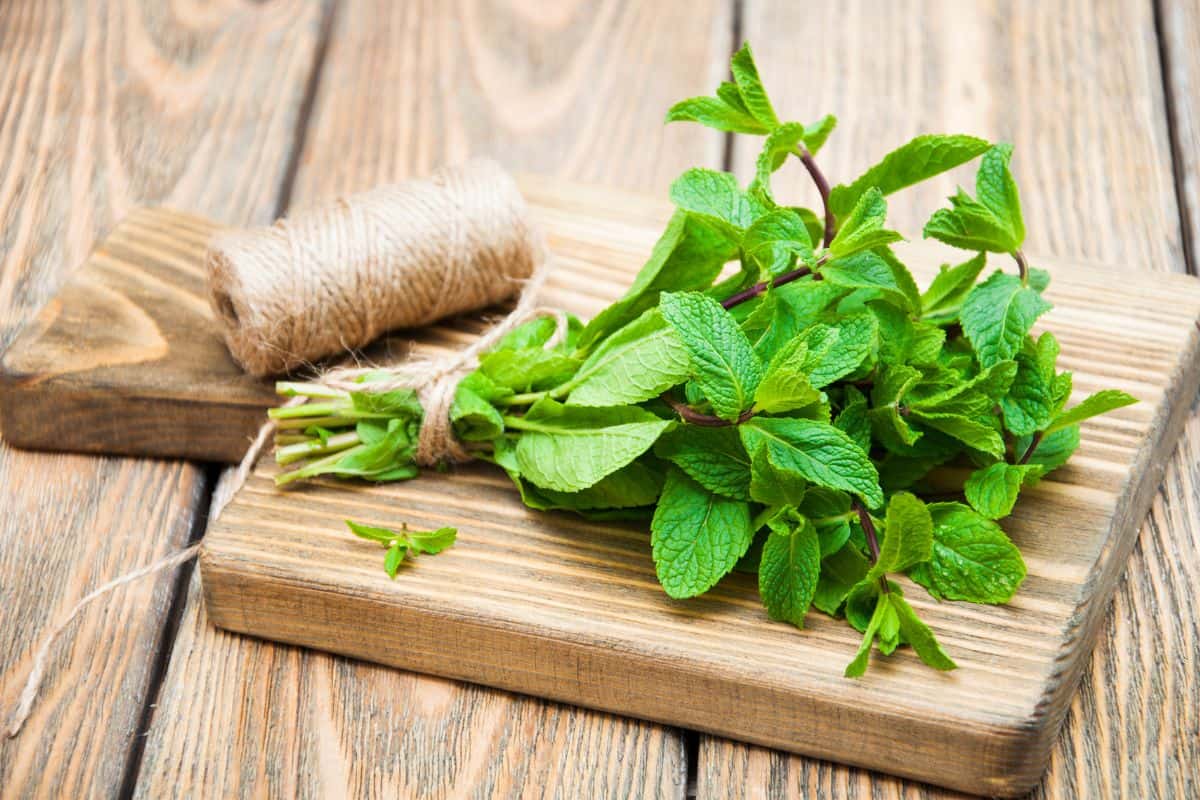
5. Mint
It’s difficult to imagine somebody who doesn’t enjoy the scent of mint. It’s tasty, fresh, and the various types all have slightly unique tastes to please the palate.
Although we enjoy this vivid and powerful aroma, some pests and flies dislike mint. Numerous insects, including some tiny rodents, are kept at bay by the oils found in each part of the plant, from stalk to flower.
Fresh leaves provide the most advantages, while dried leaves can also provide these advantages. To prevent flies from settling down, cut a few stalks off from the plant. Then, hang them upside down, and place them throughout your kitchen in your cabinets.
Mint is unquestionably the herb to use if you have difficulties keeping other plants alive. If left unchecked, this plant, which is so simple to cultivate and spreads so quickly, could become invasive. Maintaining your mint in a container is preferable to monitor growth. If you have a light-filled windowsill, they are also perfect for growing indoors.
6. Pennyroyal
Mentha pulegium, a species of the mint family, is a lovely garden plant that serves as a natural insect deterrent. Flies and tiny rodents are also deterred by the spearmint-like aroma.
However, unlike mint, pennyroyal is poisonous to the liver and cannot be consumed, leading to a variety of issues. This makes keeping it outside in the garden to deter flies preferable to bringing it inside. It ought to be managed in a pot because it is invasive.
This plant can be scattered throughout your garden in pots to deter pesky insects, such as flies. Keep pruning the plant to prevent the stems from reaching the ground, as they spread swiftly the moment they contact the earth.
7. Sage
Not everyone thinks of sage as the first herb to use in cooking. However, this should not be disregarded if your goal is to ward off flies both inside and outside. They have magnificent, fluffy gray leaves that contrast beautifully with other garden flora. Also, even after drying, they still have an earthy scent. To increase its perfume and pest-repelling power, mix sage with the complementary aroma of rosemary.
8. Catnip
Another simple-to-grow plant with a quick-spreading growth tendency is nepeta cataria. It is well known for luring cats, but it also works well at keeping pesky bugs out of your house. These plants which can line pathways and frame doorways are perfect because they repel flies with the same oils and potent odors that cats adore.
Catnip is a very resilient plant that thrives with little water or fertilizer. They will prosper provided as they have a sunny location and adequate temperature all year long. Catnip, which is connected to mint and pennyroyal, is another invasive and fast spreading plant. Hence, it does best when kept in a pot.
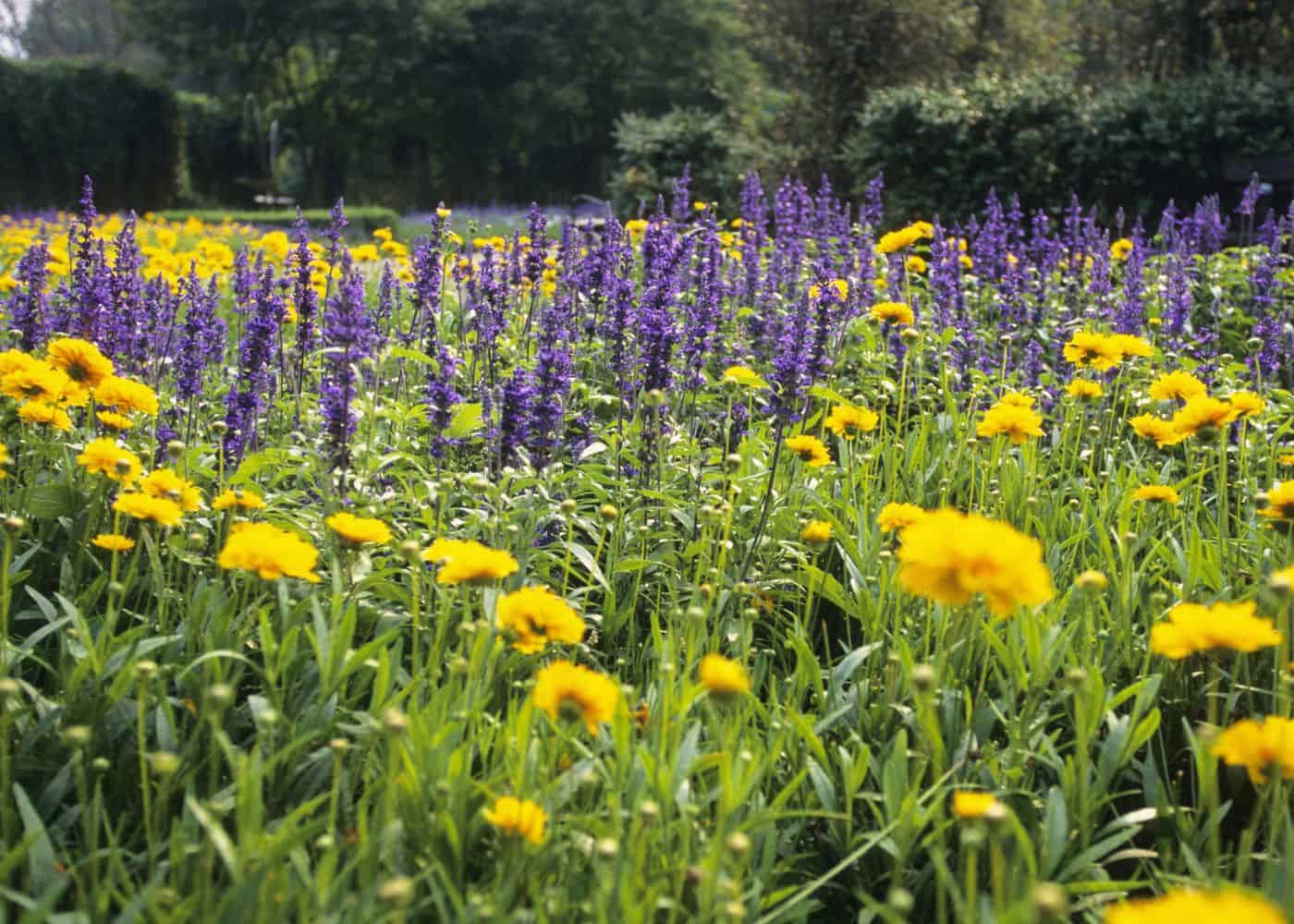
9. Marigold
One of the greatest allies in the garden are marigolds. They are an extremely adaptable plant. Their cheery orange blossoms, which may also be utilized as an edible decoration for salads and desserts, are sure to make you smile. However, marigolds really excel at warding off pests.
Marigolds have been shown to keep a variety of pests out of gardens, especially white flies. You can cultivate the flowers as cut flowers, cutting the blossoms and setting them in a vase to deter flies. Or you can use the flowers to make an indoor insect-repellent spray.
To survive, these plants only require warmth and lots of sunlight. After planting, make sure to give them plenty of water. Once they are established, they will appreciate being watered at the same time as the rest of your garden. Additionally, they are excellent container plants, but because they need a lot of light to flower, they thrive best outside rather than indoors.


